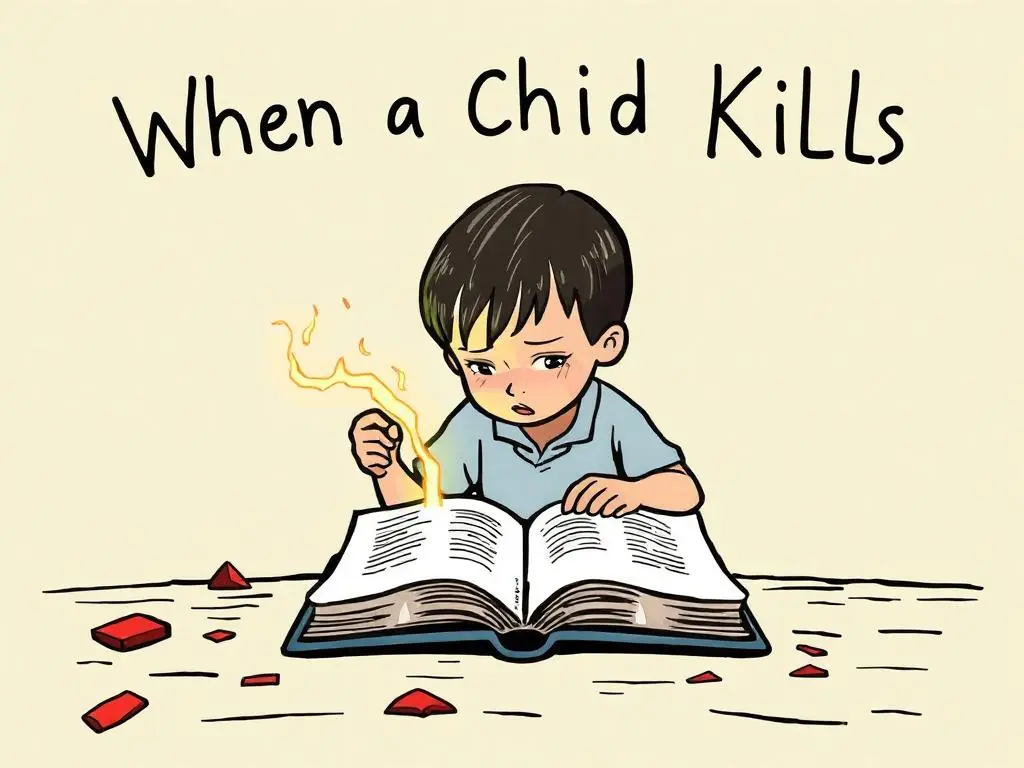How Do You Translate a Comic Book Into Audio? Ask Neil Gaiman

This is what dreaming sounds like.
In the 1980s and ’90s Neil Gaiman first showed us what dreaming looks like, with his mythical, world-bending comic book series “The Sandman.” Now Audible and DC Comics give voice to Gaiman’s dreams — and nightmares. The vibrant audio adaptation adds a thrilling new dimension to the original work; but it also misses out on some of its fundamental elements.
Gaiman’s story follows Morpheus, the king of dreams, a.k.a. the Sandman. But far from the “candy-colored clown” Roy Orbison sang of, Morpheus is a dark, brooding figure with the power to give life to nightmares and to consign those who’ve crossed him to the tortures of hell. “The Sandman” begins with his imprisonment by a magic cult, and follows its ripple effects, introducing us to Morpheus’ siblings (the so-called Endless) along the way: Death, Destiny, Desire, Despair, Delirium and Destruction.
Audible refuses to call this production an “audiobook.” Fair enough: The term certainly feels too narrow for it. There’s more than just the words; it’s theater, with James Hannigan’s electric, textured soundscapes and the animated voice acting of a talented cast of notables, directed by Dirk Maggs.
James McAvoy’s Morpheus is an aural delight: moody, subdued, his words delivered with a stirring gravitas, like velvet to the ear. Kat Dennings pitches a plucky, youthful Death, but sometimes reads too juvenile. Likewise, Michael Sheen’s a charming Lucifer, but he occasionally loses his grasp on the noble bearing of the leader of Hell. Justin Vivian Bond purrs seductively as the cruel, mischievous Desire, and Riz Ahmed provides an effortless magnetism to the dangerous nightmare of the Corinthian.
Leading this parade of vocal talents is Gaiman himself, who intimately knows the lifts, dips and turns of his work, and how to convey them. Gaiman is a storyteller not only on the page but before the microphone, his tone always bearing the slightest hint of impish mystery, as though he can’t wait to reveal the story’s secrets; and yet his pace is steady and patient, as though he’s determined not to lose you along the way.
Hannigan’s score is inviting and fanciful, reminiscent of the work of John Williams, full of eerie creeps and triumphant swells. And the sound effects — the puttering of a car engine, the shuffling of linen sheets — surround the listener as though we are present in the scene. This also means the story’s horrors are viscerally real: the fleshy, wet sound of a nurse’s head falling off her neck; the gruesome thud of a man hammering a nail into the back of his hand. The audio version of Gaiman’s nightmares is more unforgiving than the comic: You may not actually witness the violence of the ice pick, the poker or the pocketknife, but thanks to the voices and effects, you can’t help hearing them.
Though the adaptation adheres closely to Gaiman’s original writing, it has to fill in the gaps that arise when translating a visual medium to an aural one. Whereas the comics contain illustrations that provide a language all their own, the audio version must fall back wholly on the text, and deliver more. In this case, the task simply gives Gaiman an opportunity to do more of what he does best: bring images to life. Describing a demon named Azazel, he calls her “a floating absence, a black amoebic nothingness filled with myriad eyes and mouths.”
But the script cannot always talk itself out of the pitfalls of this kind of adaptation. Gaiman’s series indulges his love affair with broad, expansive scopes and narrative indirection. He loves to approach his main story lines from the outside in, beginning with ancillary vignettes and side characters, some of whom appear again and others of whom are gone as quickly as they arrive. These shifts are easier to track in the comics, by the visual cues and reminders. The audio version tries to do the same with the repetition of sound effects and (sometimes awkwardly incorporated) exposition, but the world of “The Sandman” is so large and elaborately knotted that newcomers may feel a bit lost.
Audible’s “The Sandman” also invites an interesting conversation around the form. This isn’t the first time comics have been transformed into an audio format (Maggs has also directed Superman and Batman adaptations). But the beautiful visuals are so essential to Gaiman’s original text that the adaptation feels like a separate, lesser beast. It necessarily neglects the changing shapes and angles of the panels, the variable aesthetics of the illustrations, their myriad allusions to classical mythology and even other comic books.
For those who’ve already ventured into Morpheus’ domain, this production is dessert, a sweet way to dip back into the Dreaming and discover it anew. But for those more comfortable in the land of the waking, who know nothing of the Endless or their rule, it will require more work to catch hold of the Sandman’s ever-changing cloak and follow without falling through the clouds.




